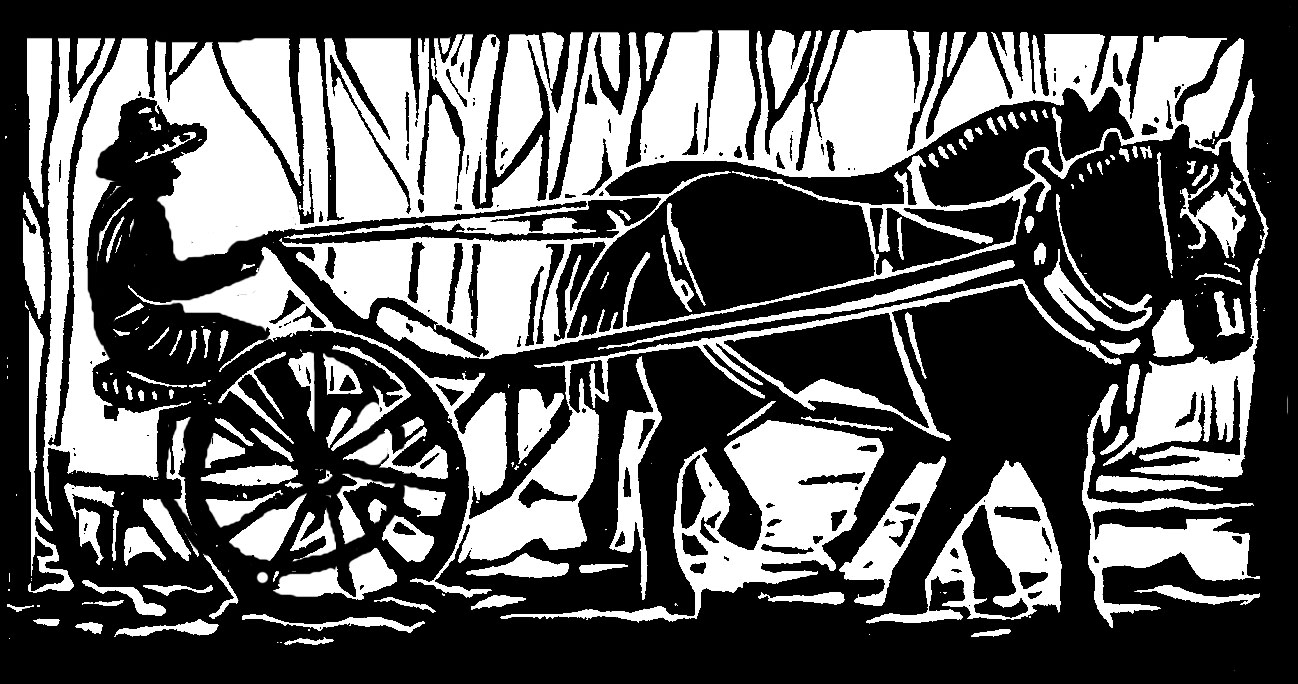Twenty some years ago, when we farmers were young and foolish, our farm fantasies mainly revolved around finding a farm of our own. We had apprenticed for five years on several vegetable farms in the Northeast, and we had all kinds of opinions on how we would go about things on our own farm.
Our opinions were quickly humbled, pretty much the moment we stepped onto our new place. Not quite as easy as it looks, this vegetable farming.
Now, as older, humbler, if not less foolish farmers, we find that our farm fantasies are mainly about other people’s farms.
Wouldn’t it be fun, we say, to join someone else’s CSA garden? Imagine being a CSA member, and going once a week to pick up your freshly harvested and washed produce, and not having done a lick of work?
Oh hee, hee, hee. This kind of thinking helps us get through one of our most intense times of year, during the end of May and early June. Not only do we need to transplant every crop that is not yet in the ground, from winter squash to leeks to tomatillos, but the haying weather begins. Though we are not ready yet to hay, we worry steadily about not haying. Plus the weeds are coming on strong, and our lofty goal of having not a single weed in the garden by June 1st seems rather laughable.
But the biggest effort is the start of CSA vegetable distribution. First there are the hours organizing pick-up schedules, and clearing out the vegetable distribution shed from a winter’s worth of projects.
Then there is the actual harvest: suddenly it is as if two whole days have disappeared from our week. Instead of transplanting and weeding and worrying about not haying, we are swallowed up in harvesting for our CSA members, from 4:45 a.m. to 2 p.m., followed by warmly welcoming said members, from 2 p.m. to 7 p.m., two days a week.
Oh, those 14 hour days: fourteen hours of transplants languishing in their pots, wanting to be in the ground, and of weeds growing into trees, perfectly happy to stay in the ground, and of hay going to seed. All that work we’re not getting done!
But then there’s the bright side: oh, yes, the first harvests! Oh, right, this is what all this work is for: the delicious produce! Oh, the lettuce, oh, the bok choy, the salad turnips and salad greens, the beets and basil and kohlrabi! The kale! The chard! The peas! The strawberries!
Wow, we say, we are lucky to have all these delicious strawberries coming so early out of the greenhouse. And wow, we say, the spinach! So very much spinach! In fact, it has been taking three farmers three hours (5 a.m. to 8 a.m., to be precise) to harvest, process, and wash all that spinach, which is a perfect time to indulge in farm fantasies.
Wouldn’t it be fun, we say, to join someone else’s CSA garden? Imagine being a CSA member, and going once a week to pick up your freshly harvested and washed produce, and not having done a lick of work? Doesn’t that sound great?
It must sound pretty good, at least, since when our CSA members come they say wow, too. The spinach! The strawberries! The everything else!
So much work! they say.
Then, “I feel kind of guilty!” one even says.
“No, no,” says another member, “The farmers don’t feel guilty about you being a urologist, or me being a teacher.”
“No, I sure don’t,” this farmer answers. I am delighted not to be a urologist; in fact, I am so delighted not to be a urologist that being a CSA farmer on my own farm seems like quite a fine thing. What could be nicer than growing good produce for all the good urologists and teachers of the world?
Originally published in the Monadnock Shopper News, June 29th - July 5th, 2022
